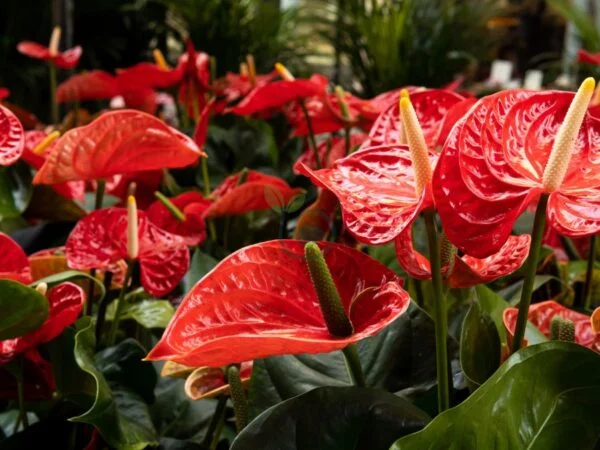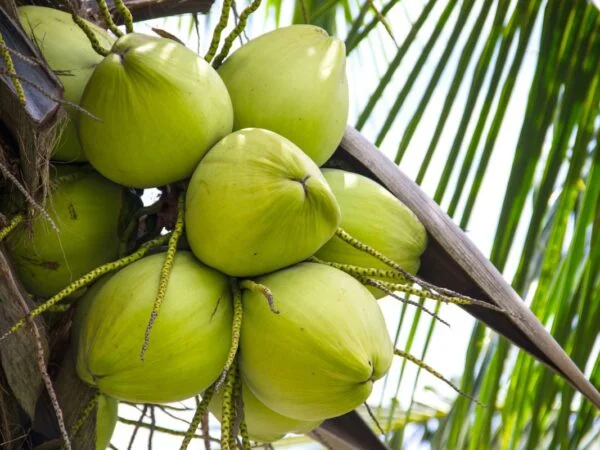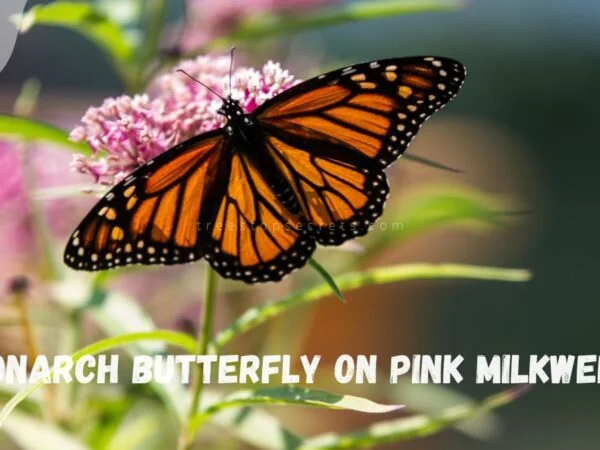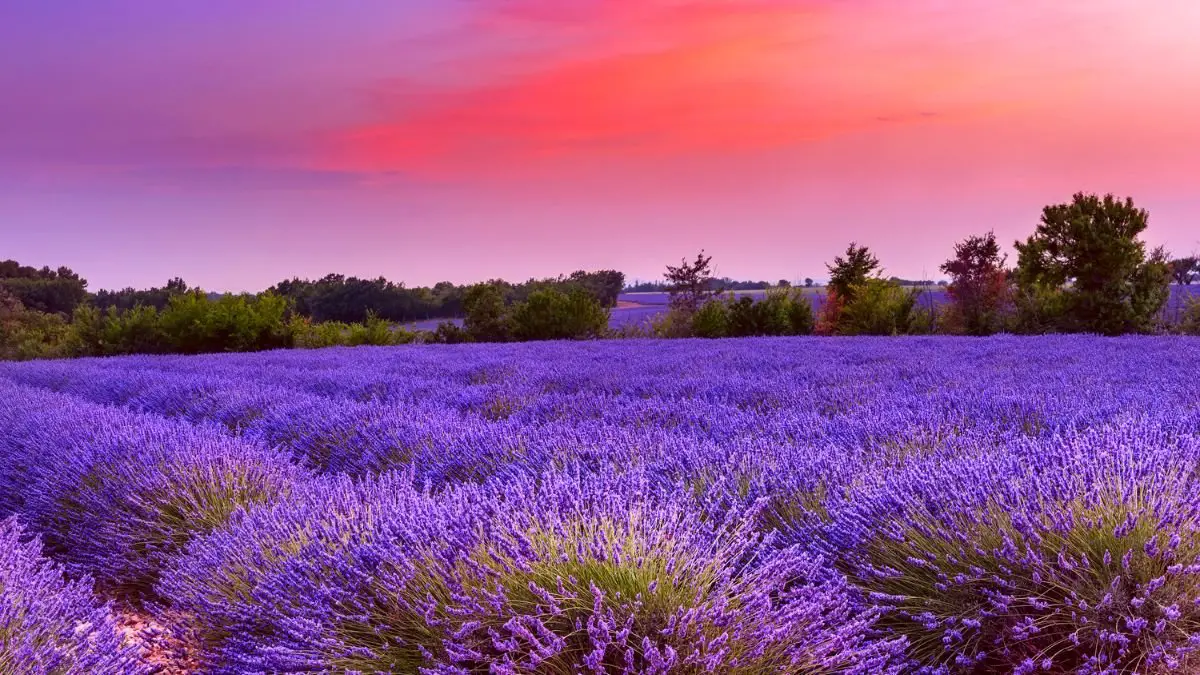
Curious about the longevity of lavender plants, rosemary, in your garden? Wonder no more! Let's delve into the world of perennials and uncover the truth about this fragrant favorite. Discover how lavender stands out as both a perennial powerhouse and a versatile addition to your landscape.
Lavender's enduring charm contrasts with other seasonal blooms, offering year-round beauty and benefits. Join us on a journey through the joys of cultivating this resilient plant, harvest flowers, and unlock the secrets to successful perennial gardening with lavender.
Unveiling Lavender's Perennial Nature
Defining Perennials
Perennials are plants that live for more than two years, typically regrowing from the same roots each year. They differ from annuals by not needing replanting every year. Common examples include roses, peonies, and hostas.
Lavender's Lifespan
Lavender plants are considered perennial, living for an average of 10 to 15 years. Factors like soil quality, sunlight exposure, and pruning practices can influence their longevity. Compared to other perennials, lavender plants have a moderate lifespan.
Seasonal Behavior
Lavender plants exhibit different behaviors throughout the seasons. In spring and summer, they bloom with fragrant purple flowers and maintain their evergreen silvery foliage. Understanding these seasonal patterns is crucial for providing the necessary care for optimal growth.
Exploring Lavender Varieties

English Lavender
English lavender, a specific type of lavender plant, is known for its fragrant flowers and calming aroma. This variety typically blooms in hues of purple and blue, adding a touch of elegance to any garden. Ideal growing conditions for English lavender include full sun, well-drained soil, and minimal water.
French Lavender
French lavender, a perennial plant, stands out as a distinct variety with unique characteristics such as its long, tufted blooms and vibrant color variations. Contrasted with other types of lavender, French lavender is prized for its ornamental value and culinary uses. To ensure French lavender thrives, provide it with moderate sunlight and soil that drains well.
Spanish Lavender
Spanish lavender, distinguished by its decorative flower heads topped with showy bracts, originates from the Mediterranean region. This variety thrives in sunny locations with poor soil conditions, showcasing resilience in harsh environments. Caring for Spanish lavender involves planting it in well-draining soil and providing occasional watering to support growth.
Lavandin
Lavandin plays a significant role in the lavender plant family due to its hybrid nature, resulting from crossing true lavenders. Unlike other lavender varieties, lavandin boasts larger flower spikes and a more robust fragrance profile. Its versatile uses span from aromatherapy to culinary applications, making it a popular choice among growers.
Selecting the Ideal Location for Lavender
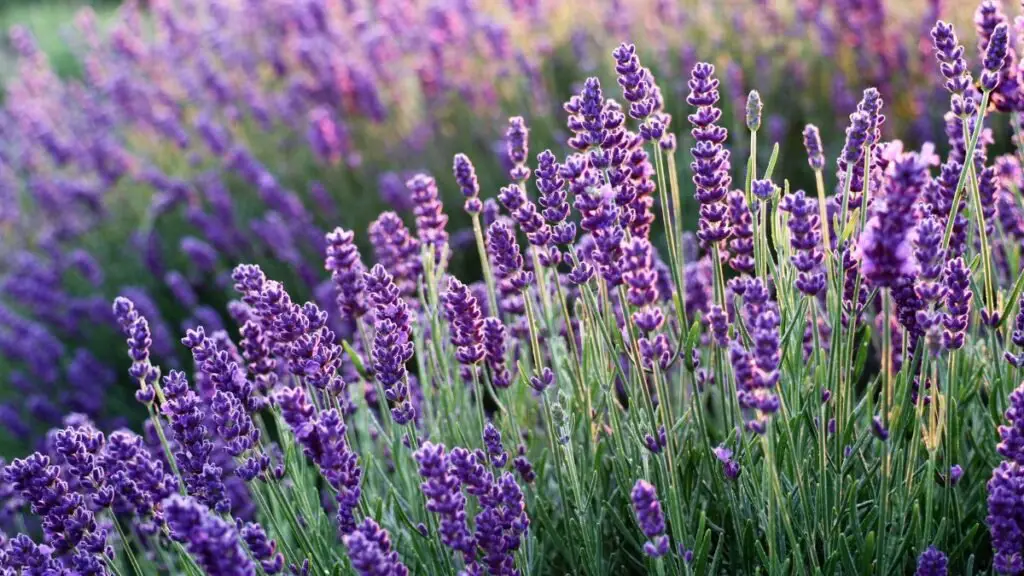
Sunlight Needs
To grow healthy lavender plants, ensure they receive at least six to eight hours of sunlight daily. Adequate sunlight is crucial for lavender's growth and blooming. To ensure proper sunlight exposure, plant lavenders in sunny spots with minimal shade.
Planting lavender in areas with full sun exposure promotes optimal growth and vibrant blooms. Lack of sunlight can result in leggy, weak plants with fewer flowers. Consider placing lavender in locations where it can receive direct sunlight throughout the day.
Soil Requirements
Lavender thrives in well-draining soil with a pH level between 6.5 and 7.5. The soil should be sandy or loamy to prevent waterlogging, which can lead to root rot. Improve soil quality by adding sand or perlite to enhance drainage for healthier lavender growth.
Ensure your soil has good aeration and drainage to prevent water accumulation around the roots, which can cause root rot. Lavender plants prefer soil that is slightly alkaline; therefore, amending the soil with lime can help maintain the ideal pH level for cultivation.
Planting Instructions for Lavender
Best Time to Plant
Spring is the optimal time for planting lavender, allowing it to establish before winter. Consider seasonal factors like frost risk. To maximize growth, plant lavender in well-draining soil under full sun.
Step-by-Step Guide
- Prepare the Soil: Ensure well-draining soil by adding sand or gravel.
- Planting Lavender: Dig a hole twice the size of the root ball and place the plant.
- Post-Planting Care: Water deeply but infrequently to encourage deep root growth.
- Establishment Tips: Mulch around plants to retain moisture and prevent weeds.
Lavender Care Essentials
Watering Practices
Proper watering is crucial for the health of lavender plants. Lavender prefers well-drained soil, so ensure the soil does not become waterlogged. Water deeply but infrequently to encourage deep root growth.
Overwatering can lead to root rot, so water only when the top inch of soil feels dry to the touch. During hot summers, lavender may require watering once or twice a week.
To avoid overwatering, consider using a drip irrigation system or watering at the base of the plant. This method helps prevent water from splashing onto the foliage, which can lead to disease.
Pruning Tips
Pruning plays a vital role in maintaining healthy and vibrant lavender plants. Regular pruning helps promote new growth and prevents the plant from becoming woody and leggy.
In early spring, prune back about one-third of the plant's height to stimulate fresh growth. After flowering, trim off spent blooms to encourage further blooming throughout the season.
Regularly shaping your lavender plant not only improves its appearance but also enhances air circulation around the plant, reducing the risk of diseases like powdery mildew.
Winter Care
As winter approaches, it is essential to prepare your lavender plants for the colder months ahead. Lavender is hardy but may need some protection during harsh winters.
Before winter sets in, mulch around the base of your lavender plants with straw or pine needles to insulate them from extreme temperatures.
Consider covering your lavender plants with a breathable fabric or burlap during heavy snowfall to prevent breakage under the weight of snow.
During winter, reduce watering as dormant lavender plants require less moisture. However, ensure that they do not completely dry out by providing occasional deep watering on warmer days.
Starting Lavender from Seed
Seed Selection
When starting lavender from seed, it's crucial to choose high-quality seeds for successful cultivation. Consider factors like seed age, origin, and variety for optimal growth. Look for reputable sources such as local nurseries or certified online seed suppliers.
To ensure successful germination, opt for fresh lavender seeds that are not too old. Select seeds from reliable suppliers known for their quality products. Choose lavender varieties that are well-suited to your climate and growing conditions.
Germination Tips
For successful germination of lavender seeds, provide them with a warm and sunny environment. Use well-draining soil and keep the seeds consistently moist but not waterlogged. Consider using a heat mat to maintain ideal germination temperatures.
To overcome common germination challenges, monitor the soil moisture levels regularly. Avoid overwatering, as it can lead to seed rot. If germination is slow, consider scarifying the seeds by lightly scratching their surface to promote sprouting.
Container Gardening with Lavender
Choosing Containers
When growing lavender indoors, gardeners should select suitable containers. Opt for pots that are at least 12-16 inches deep to accommodate lavender's long roots. Consider using terra cotta or ceramic pots for their breathability.
For successful growth, ensure the containers have good drainage holes to prevent waterlogging. This is crucial as lavender plants are susceptible to root rot in soggy conditions. For a creative touch, repurpose items like wooden crates or metal buckets as unique planting vessels.
Potting Mix and Watering
The ideal potting mix for container-grown lavender consists of a blend of potting soil, perlite, and sand. This mixture ensures proper drainage and aeration for the plant's roots. When watering potted lavender, avoid overwatering to prevent root rot.
Maintaining optimal soil moisture levels is key to the health of container-grown lavender plants. Water when the top inch of soil feels dry to the touch, typically every 7-10 days depending on environmental conditions. Consider using a moisture meter to accurately gauge soil moisture levels.
Addressing Common Lavender Queries
Lavender in Cold Climates
Growing lavender in cold climates poses challenges due to its preference for warmth and sunlight. In colder regions, lavender plants are susceptible to frost damage, which can hinder their growth. To protect lavender from the cold, consider using mulch to insulate the roots and covering the plants with a breathable fabric during frosty nights.
- Mulch helps maintain soil temperature and moisture levels, crucial for lavender survival.
- Covering lavender plants with a breathable fabric prevents direct exposure to harsh cold winds.
In hot climates, managing heat stress is essential for the health of lavender plants. High temperatures can lead to wilting and reduced flower production in lavender. To mitigate heat stress, ensure adequate watering to keep the soil moist but not waterlogged. Planting lavender in well-draining soil and providing partial shade during peak sun hours can also help alleviate heat-related issues.
- Adequate watering is crucial to prevent dehydration and wilting in lavender plants.
- Partial shade can protect lavender from intense sunlight and reduce heat stress.
Lavender in Hot Climates
When cultivating lavender in hot climates, it's vital to consider the impact of high temperatures on plant growth. Excessive heat can cause lavender plants to become stressed, affecting their overall health and vitality. By implementing proper irrigation practices such as deep watering early in the morning or late in the evening, you can help lavender thrive despite the heat.
- Deep watering ensures that lavender roots receive sufficient moisture even during hot weather.
- Watering early or late in the day reduces water loss through evaporation under intense sun exposure.
To successfully grow lavender, whether in cold or hot climates, understanding its specific needs is key. By providing appropriate care tailored to your region's climate conditions, you can enjoy vibrant blooms and aromatic foliage year-round.
Closing Thoughts
By now, you have delved into the perennial nature of lavender, explored various lavender varieties, learned about ideal planting locations, and gathered essential care tips. Starting lavender from seed or opting for container gardening are exciting options you can now confidently consider. Addressing common queries has equipped you with the knowledge needed to nurture your lavender plants successfully.
To elevate your lavender gardening journey, take action today. Apply the insights gained to create a thriving lavender oasis in your garden or home. Share your newfound knowledge with fellow gardening enthusiasts and continue to expand your expertise in cultivating this versatile and aromatic plant.
Frequently Asked Questions
Is lavender a perennial plant?
Yes, lavender is a perennial plant, meaning it can live for more than two years. It thrives in well-drained soil and sunny conditions, making it a popular choice for gardens.
How do I select the ideal location for growing lavender?
Choose a spot with full sunlight, good air circulation, and well-draining soil to grow lavender successfully. Avoid areas with high humidity or poor drainage to prevent root rot.
Can I start lavender from seeds?
While possible, starting lavender from seeds can be challenging due to low germination rates. It's often easier to propagate from cuttings or purchase established plants for better results.
What are essential care tips for maintaining healthy lavender plants?
To care for lavender, ensure it receives adequate sunlight, water sparingly to avoid root rot, prune after flowering to promote growth, and fertilize lightly in the spring.
Can I grow lavender in containers?
Yes, you can grow lavender in containers as long as they have good drainage holes. Choose a well-draining potting mix and provide ample sunlight for your container-grown lavender to thrive.
Image Source: Paid image from CANVA

